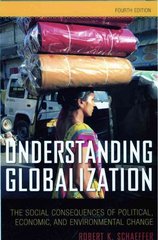Question 4: Matching There are a large number n of firms and an equal number of workers on the labour market in a particular industry. Each firm wants to hire one worker and each worker wants to work with one firm. "To eliminate any indeterminacy, you can assume that the high price p2 is the maximum price that the government will allow firms to charge for this good. Union regulations require that all workers in the industry be paid the same wage. Hence firms and workers cannot offer or demand different wages. However, there are differences among firms and among workers. Better firms are better to work for, and better workers are better to hire. The productivity of workers, q, is distributed on the interval [0, 1] with a distribution function G(q) = q', and the attractiveness of firms, t, is distributed on the interval [0, 1] with distribution function F(t) = +2. A firm and a worker can accurately assess each others' quality (productivity or desirability) after an interview. An interview requires some search and some setting up. Specifically, each firm and each worker incurs a cost of c to find a partner to interview with. After an interview, if both parties accept each other, then they match. Otherwise they must search again. Assume that, when an agent searches, s/he faces the same distribution of potential partners on the other side of the market (i.e., the distribution of firms and workers remains the same throughout the matching process's). If a firm of desirability t matches with a worker of productivity q, then the firm's utility is q and the worker's utility is t. (a) Explain the structure of matches that will occur in equilibrium. Provide sufficient reasoning for your answer. [NOTE: This is mainly a verbal question. You may use a diagram and/or mathematical notation, but explanations are necessary.] (b) Suppose the search cost is c= . What is the desirability of the least desirable firm that will be acceptable to the best worker (q = 1)? (c) Suppose that c = 3. Using your answer to (b) above, indicate what the equilibrium in the market would look like. You should not need to make further calculations for this part







